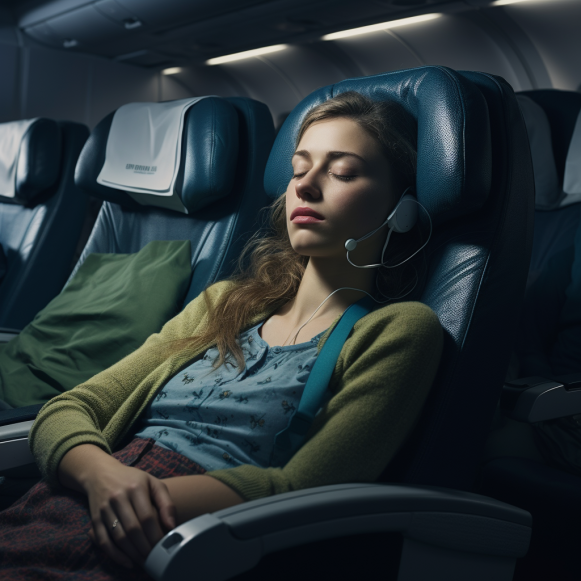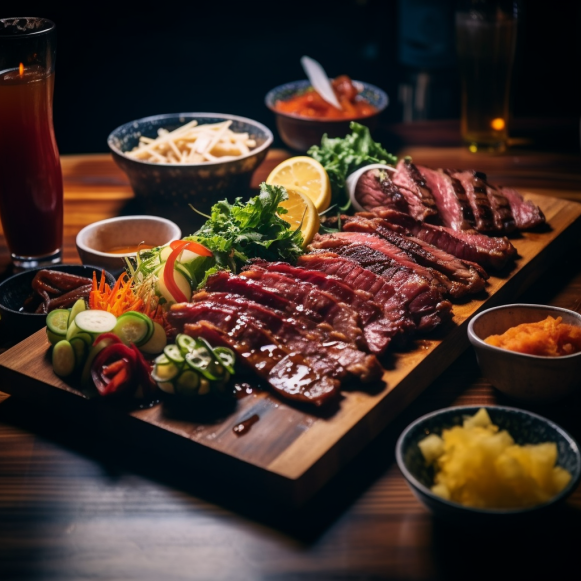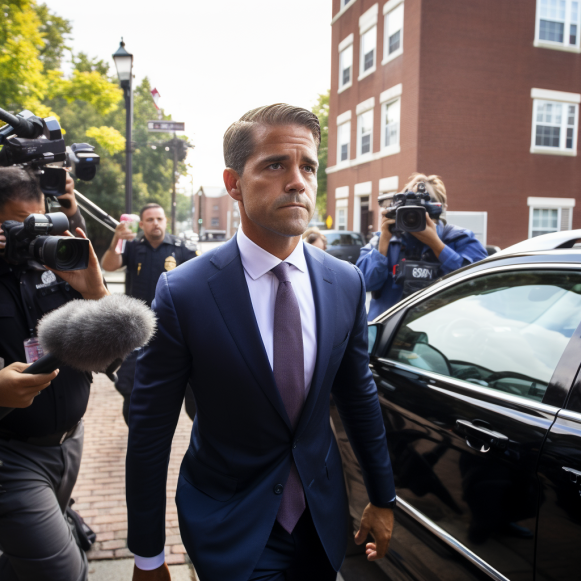Sleeping on long-haul flights: Here are the top tips for snoozing in the sky

For most of us, the prospect of a long-haul flight is both exciting and terrifying. We’re going somewhere different – maybe on vacation, maybe to see friends or family. Even work can become more interesting when you relocate.
Of course, you want to arrive rested and prepared. However, by definition, a long-haul flight involves traveling for an extended period of time, often exceeding 12 hours. A flight from New York to Singapore can take close to 19 hours.
You’re confined in a seat that’s supposed to recline but barely moves, while the seat in front appears to recline ten times lower than yours.
So, what can you do to get some rest?
Accept the situation
The first tip for sleeping in this environment is to lower your expectations.
Humans are simply not built to sleep in an almost upright position. Unless you’re lucky enough to fly in a class with a lie-flat seat, you’re unlikely to get a full eight hours of sleep on a long-haul flight.
According to research conducted by colleagues and myself, pilots who sleep in a bunk during their in-flight rest breaks have light and fragmented sleep. Despite not getting enough sleep, our research shows that pilots remain very good at their jobs during long-haul flights. This, along with findings from numerous other lab-based studies, suggests that even a short amount of light sleep has benefits.
Even if you don’t get your usual eight hours of sleep during the flight, any sleep you do get will help you feel and function better when you arrive.
Also, we’re not very good at judging how much sleep we’ve gotten, especially if it’s light and interrupted. So you’ve probably slept more than you think.
Schedule your sleep and drinks
The timing of your flight, as well as your consumption of alcohol and caffeine, will have a direct impact on your ability to sleep on an airplane.
Assuming you’re adjusted to the time zone from which the flight departs, daytime flights make sleep on board much more difficult, whereas nighttime flights make sleep much easier.
Every human being has a circadian (24-hour) time-keeping system that programs us to sleep at night and be awake during the day. Sleeping (or waking) against this biological clock presents significant challenges.
We do experience a natural decrease in alertness in the middle of the afternoon, making this a good time to try to sleep on a daytime flight. It will be easier to sleep on nighttime flights once the dinner service is over; otherwise, you will be battling noise, light, and the movement of people around you.
Caffeine, as a stimulant, keeps us awake. Even if you’re a regular coffee drinker who can fall asleep after drinking caffeine, your sleep will be lighter and you’ll wake up more easily.
Alcohol, on the other hand, makes us sleepy while interfering with our brains’ ability to have REM sleep (also known as dreaming sleep). Although alcohol may make it easier to fall asleep, your sleep will be more disrupted as your body metabolizes the alcohol and attempts to catch up on the REM sleep it has missed.
What about using melatonin or other medications?
On a plane, some people find that taking a sleeping pill or melatonin can help them sleep. This is a highly personal decision.
Before taking sleeping pills or melatonin, consult your doctor and only take what has been prescribed for you. Many sleeping medications interfere with normal sleep and can make you feel groggy and drowsy when you wake up.
Importantly, melatonin is a hormone that our brains use to tell us when it’s time to sleep. Melatonin can help you sleep, but depending on when and how much you take it, it can also cause your circadian clock to shift. This may cause you to be further away from the destination time zone.
Taking melatonin in the biological afternoon and evening shifts your circadian time-keeping system east (or earlier), while taking it at the end of your biological night and in the morning shifts your circadian time-keeping system west (or later). It quickly becomes complicated!
Get your clothes and accessories ready.
Be prepared to create the best possible sleeping environment within the confines of an airplane seat.
Wear comfortable layers so you can take things off if you get too hot or put things on when you cool down, and keep that blanket from falling under your seat.
To block out light and noise, bring eye shades and earplugs (or a noise cancelling headset). Use eye shades and earplugs at home to get used to them; it may take a few nights to adjust.
Relaxation, including our neck muscles, is a normal and necessary part of the sleeping process. When we sit up, our heavy heads will no longer be well supported, resulting in the dreadful head-dropping experience that most of us have had. Try resting your head on a neck pillow or against the aircraft wall if you have a window seat. (Unless you know the person in the next seat well, they are unlikely to be a good option for supporting you.)
Do not try to push it.
Finally, if you wake up and find it difficult to fall back asleep, don’t fight it.
Make use of the on-board entertainment. This is one of the few times sleep scientists will tell you it’s okay to use technology – watch a movie, binge-watch a TV show, or listen to music or read a good book.
When you feel sleepy, try to sleep again, but don’t get stressed or worried about not getting enough sleep. Our brains are extremely efficient at sleeping; trust that your body will catch up when it can.




